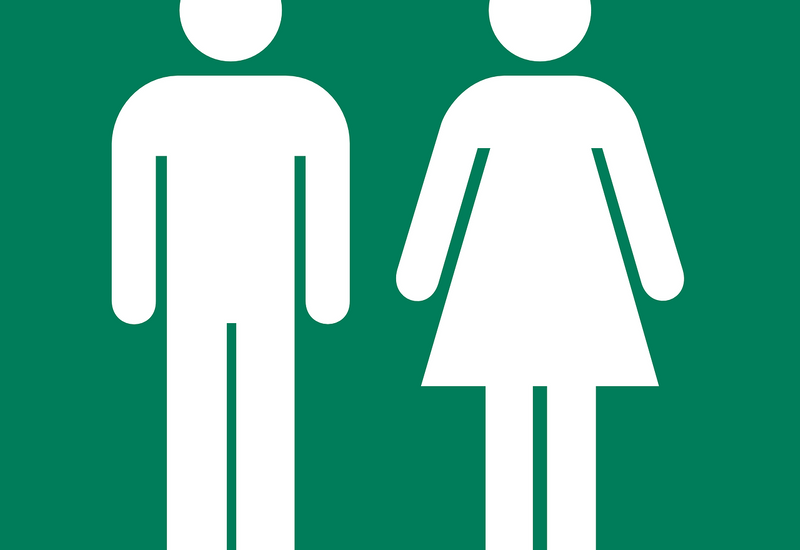You’ve probably seen them dotted around your university – so what exactly are gender-neutral toilets and why have they become so popular? This article will explain their purpose, benefits and design – to show you just why your SU is installing so many of them.
What are gender-neutral toilets all about?
Gender-neutral toilets are designed to help transgender and non-binary people feel more comfortable, avoiding the harassment, embarrassment and intimidation accompanied with gender-segregated facilities. Gender-neutral toilets eradicate the misconceptions that trans people are using the “wrong” bathroom, ensuring that bathrooms become a safe-space.
Not everyone is happy with the idea however, with critics claiming that it takes away safe spaces for women.
Safe spaces and shorter waiting
The main objective of gender-neutral toilets is to put the trans community at ease when participating in the everyday act of using a toilet. However, one other notable benefit is the decrease in waiting times. Women’s toilets are notorious for their long queues, while there is little comparison for the men’s.
One way of overcoming this, as New York City has instigated, is to increase facilities available to women. However, this is not as simple as it sounds. Many existing toilets are constrained by restrictive architecture, with the cost of expanding toilets being hugely unrealistic. Gender-neutral toilets offer a cheaper, more viable alternative, as it only requires the changing of a sign on the door.
But what about urinals?
Men’s toilets are currently characterised by both urinals and cubicles, so how would this work in a gender-neutral toilet? Critics argue that by keeping urinals, women would be deterred from using the gender-neutral facilities.
However there are two solutions to this. The first is by placing a privacy wall or screen in front of the urinals and the second, more favourable option, is to replace urinals with toilets. While this is likely to reduce the number of facilities available, the cubicle replacements overcome the unease of urinals whilst still decreasing waiting times.
Who is embracing the move?
A large number of British universities are beginning to install gender-neutral toilets, including Lancaster, Northampton, Manchester, Warwick, Birmingham and Leeds. Not every university has embraced the change however, with Somerville College at Oxford University voting down a motion to make their bathrooms gender-neutral, in fear that harassment of females would increase. However, this was later overturned, with the College voting overwhelmingly in favour of gender-neutral toilets in January 2018.
Outside of university life, the White House, the Barbican Centre, the British Army and Starbucks have already installed gender-neutral toilets.
Are they here to stay?
Gender-neutral toilets are an important move for the trans community, and for a country in favour of improving equality for minorities. Overcoming the stress and feelings of isolation of using gender-segregated facilities is one of the major reasons why universities across the country have started to install them.
But it's important to remember that major cities and popular public areas, such as station toilets and west-end theatres are likely to install gender-neutral toilets due to the significant decrease in waiting times without incurring overhead costs.
So next time you walk past a gender-neutral toilet, don’t just walk past and wait until you see the next ‘Ladies’ or ‘Gents’ loo – embrace the change and remember that it’s such an important move for transgender and non-binary students.
Prospective student? We want to hear from you! Join the Student Hut Forum and earn £s by taking surveys.













